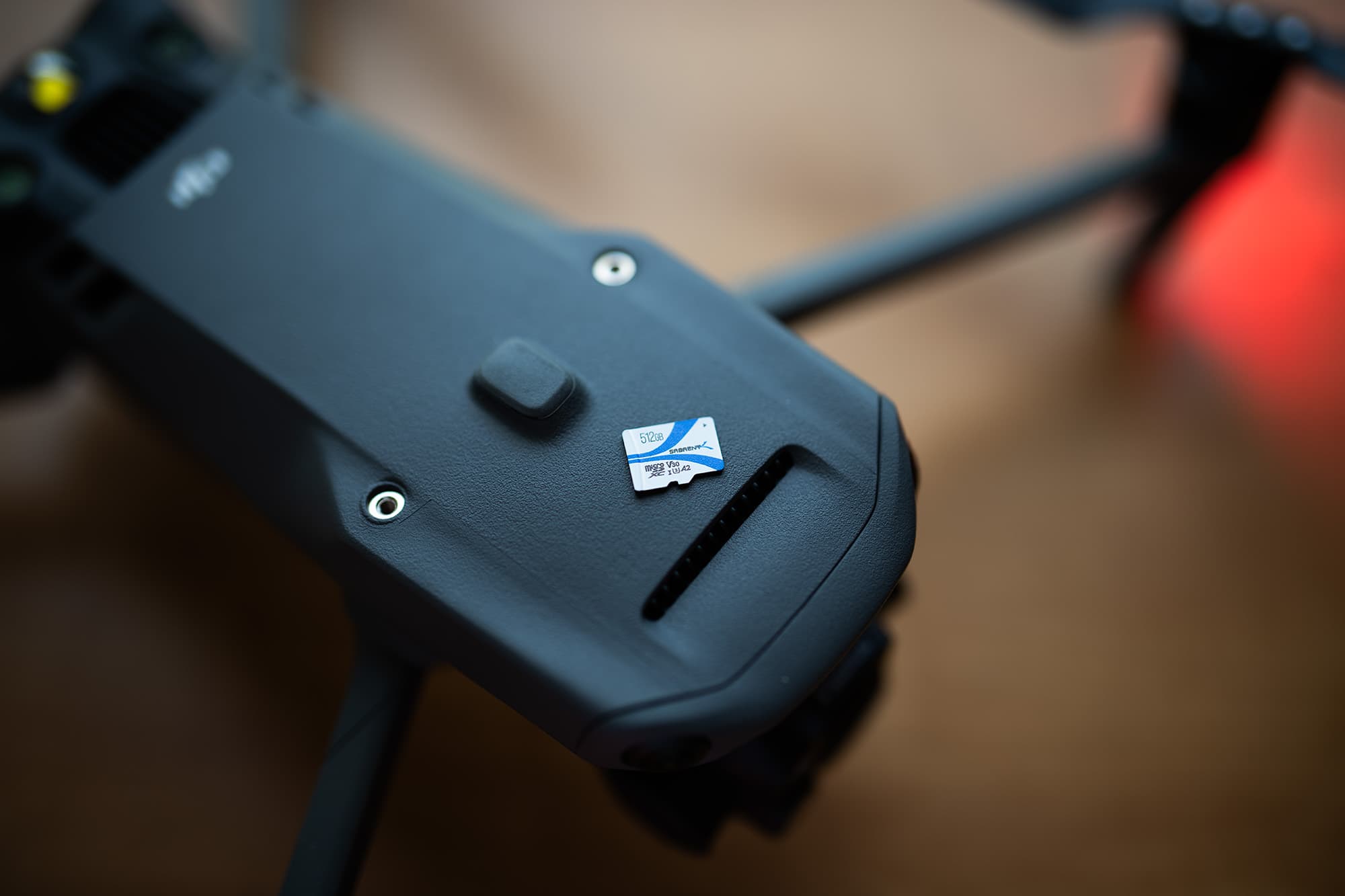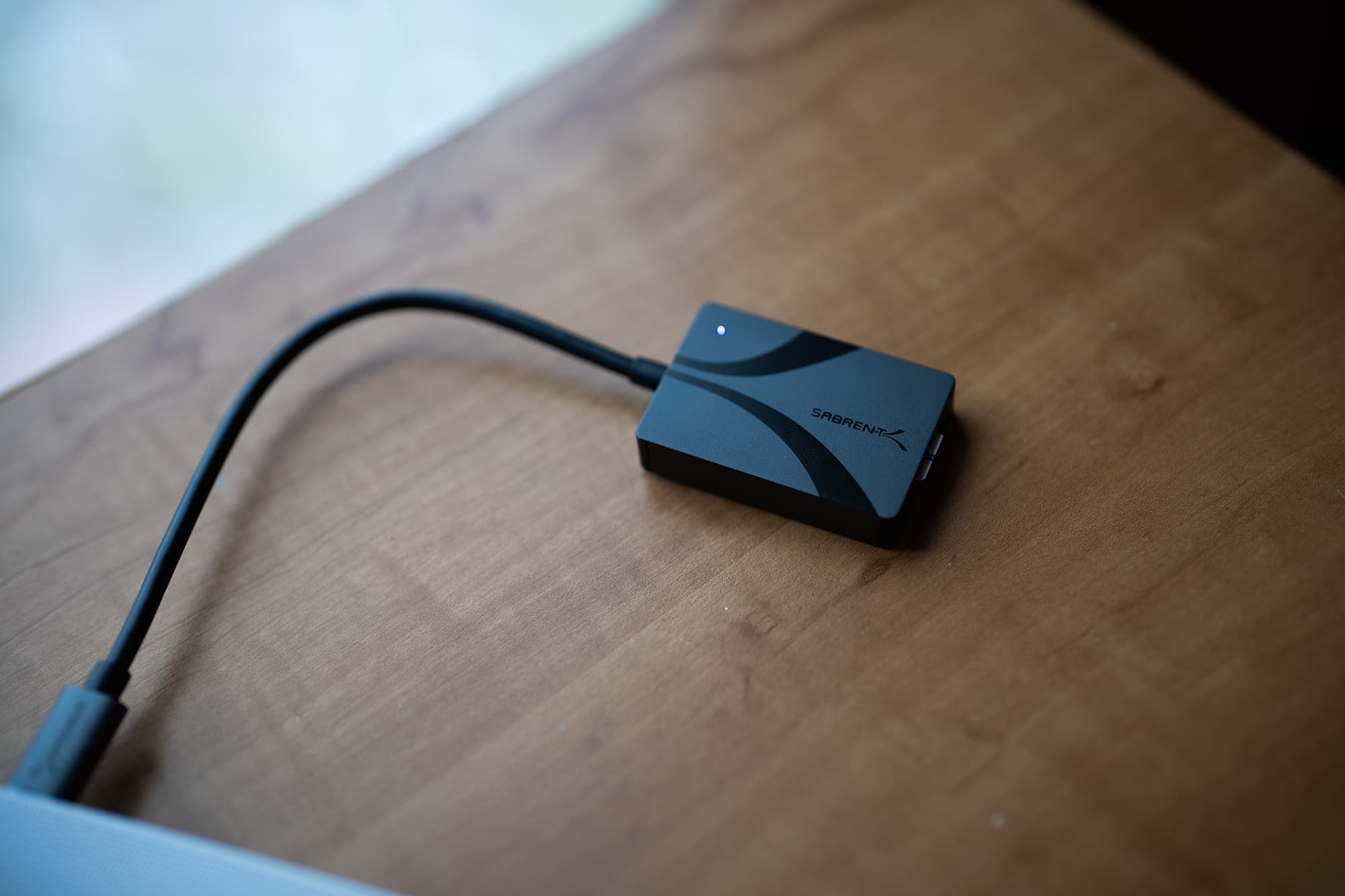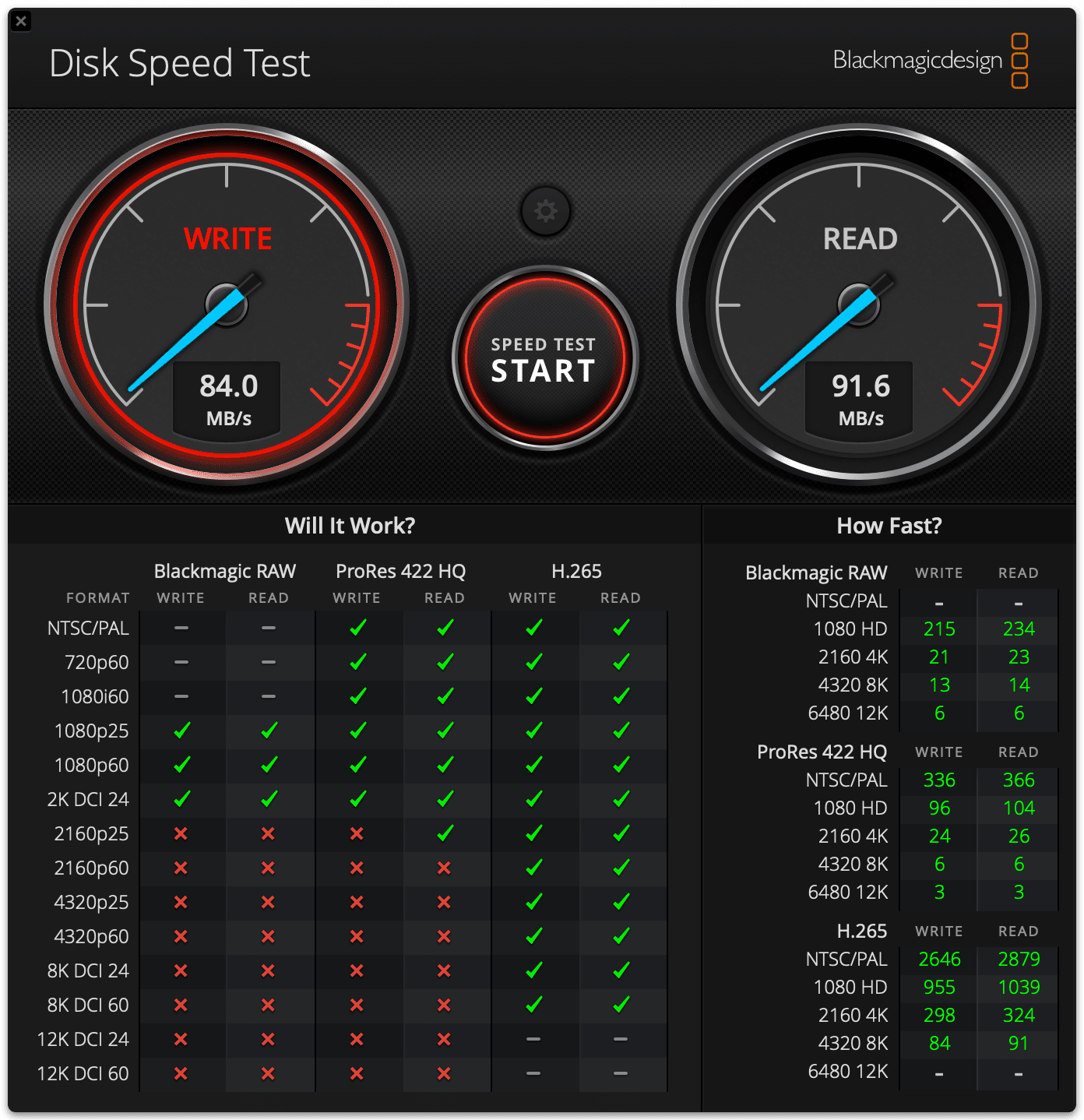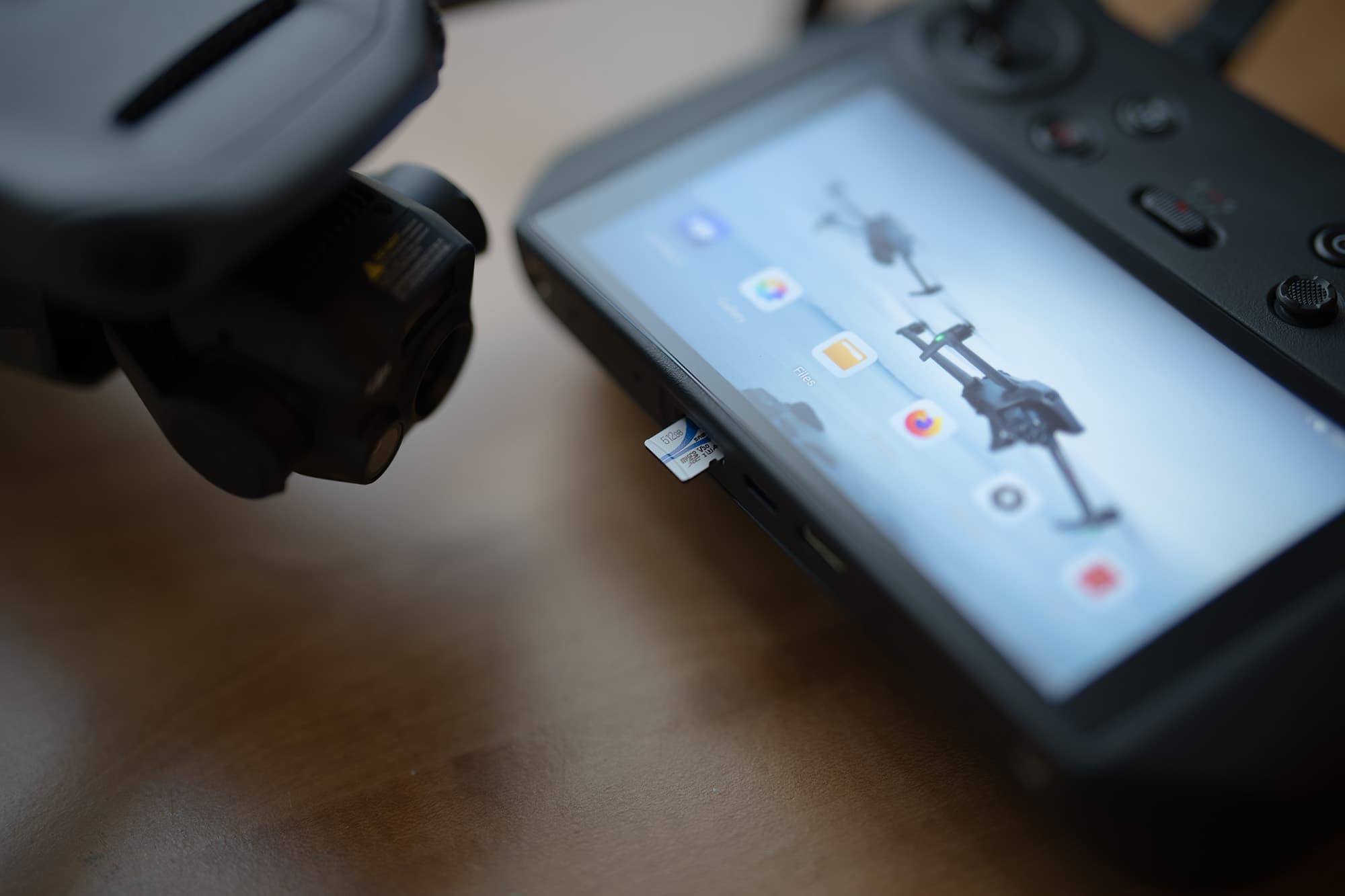We previously showed you everything you need to know before flying a drone recreationally in the United States, but if you’re ready to fly, then your next question might involve finding the best storage media so that you can record the best video and capture the best photographs.

To help with that, we recommend Sabrent’s Rocket V30 A2 microSDXC cards for their excellent balance in terms of performance and affordability. Sabrent has found the sweet spot that consumer desire in terms of keeping the price low and maximizing storage space, all while making their cards reliable under the most stringent circumstances.
My experience with Sabrent Rocket V30 A2 microSDXC cards
I’ve been utilizing a pair of 256GB Sabrent Rocket V30 A2 microSDXC cards for my DJI Mavic 3T since I got it, and they’ve not only stood up to the heat of Florida’s direct and unrelenting sunlight and the state’s muggy humidity, but also to the read/write speed requirements of one of DJI’s latest drones.
The V30 video class speed rating means that these cards are capable of up to 30MB/s of sustained write speeds, which can handle H.265 4K (and even 8K) video recording, even with the buttery-smooth 60 frames per second setting enabled on your drone. Obviously, different video formats paired with different frame-per-second settings may see varied results.
Speed tests
In addition to testing the card in our drone and remote control for moving large media files to and fro, we also hooked them up to our MacBook Pro with a Sabrent SD and microSD card reader and fired up our trusty storage drive read/write speed software to test its speed.

In our testing, we were able to achieve 91.6/84.0 MB/s read/write speeds with a Sabrent Rocket V30 A2 microSDXC card:

Those speeds were fairly sustained throughout the test, which is impressive given that Sabrent advertises a sustained write speed of 30MB/s, and a maximum read speed of up to 100MB/s.
Given that microSD cards are a dime a dozen these days, you might be wondering what sets Sabrent out from the crowd. Honestly, there’s little difference to the average user compared to brands such as SanDisk, except maybe a slightly lower price, but we feel that Sabrent stands behind their product in a manner that will be appealing to users.
Sabrent says that these microSDXC cards are built using the latest 3D flash technology, which offers you high storage capacities of 256GB, 512GB, and 1TB with fast sustained read and write speeds. You also get the peace of mind that your data can be reliably accessed without corruptions.
One of the interesting things that Sabrent does is offer a 3-year guarantee when the product is registered after purchase, so you can further protect your investment if the unthinkable ever happens… not that it ever should.
My thoughts on Sabrent Rocket V30 A2 microSDXC cards

I ran Sabrent’s Rocket V30 A2 microSDXC cards through their paces well before deciding to run a review on them. If it wasn’t a product I believed in, then I wouldn’t have even bothered to write this piece.
I could have just bought SanDisk microSD cards, or any other off-the-shelf brand from Amazon, which is absolutely true; but with Sabrent having slightly lower prices and a 3-year product guarantee to protect against any issues, paired with their endurance to the elements and tried-and-true reputation, it’s tough to go in any other direction.
I also previously went hands-on with Sabrent CFExpress Type B cards for my Nikon Z8 camera body, and they were extremely fast and capable. The patterns of good experiences I’ve had with Sabrent products underscore that they’re good at what they do in the memory space, making them a viable and compelling option for end users.
To be clear, you don’t need to be a drone operator to make use of Sabrent’s Rocket V30 A2 microSDXC cards. That just happened to be my chosen use case for them. These can also be used in Nintendo Switches, camera bodies, dash cameras, and any other device that supports microSDXC cards.
I’ve compiled a short list of pros and cons below:
Pros:
- Excellent sustained read and write speeds
- Capable of handling 4K and even 8K video at high frames per second
- Reliability is top-notch
- Fantastic 3-year guarantee
- Storage options of up to 1TB
- Each card comes with an SD Card adapter
Cons:
- Other brands have nearly the same prices
There isn’t much bad that I can say about the Sabrent Rocket V30 A2 microSDXC cards. They’re great at what they do, and you won’t be disappointed.
Where to get one
If you’re interested in picking up a Sabrent mciroSDXC card and/or USB-C-based card reader for your devices, then you can find them on Amazon. We’ve included links for your convenience below:
- 256GB Sabrent Rocket V30 A2 microSDXC card
- 1TB Sabrent Rocket V30 A2 microSDXC card
- 512GB Sabrent Rocket V30 A2 microSDXC card & card reader combo
- Sabrent USB-C microSD & SD card reader
Wrapping up
Sabrent’s Rocket V30 A2 microSDXC cards are a solid bang for your buck that provide the best of both worlds in terms of price and features. They’re capable of today’s most demanding tasks, whether you need one for a drone, a camera body, a dash camera, a Nintendo Switch, or something else.
Are you going to invest in a Sabrent microSDXC card for any of your devices? Let us know in the comments section down below.